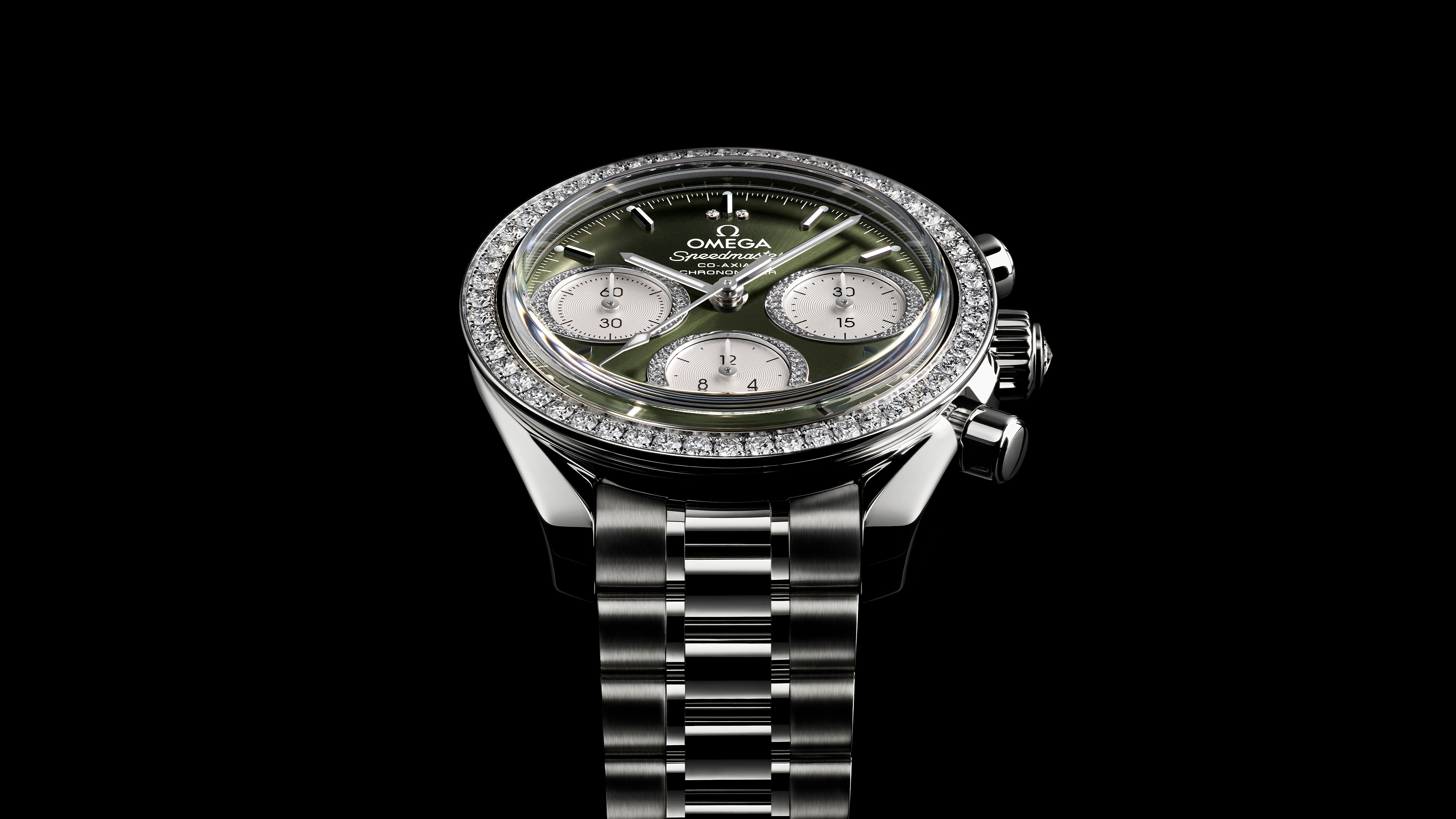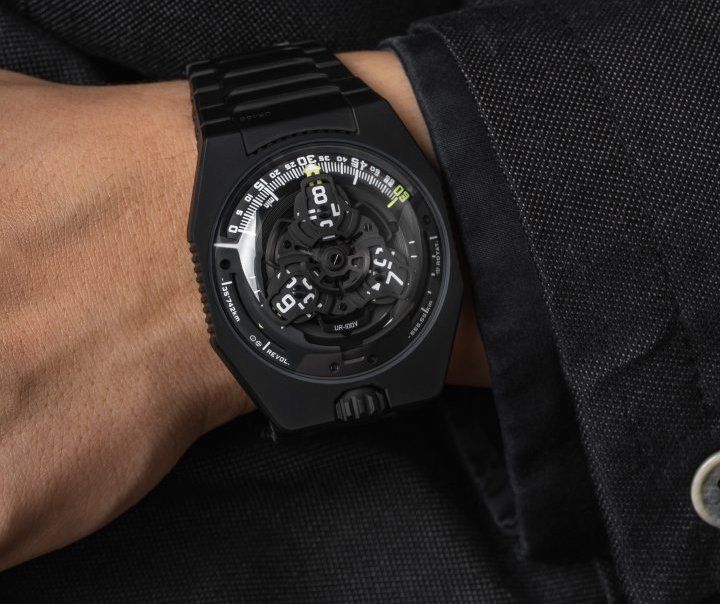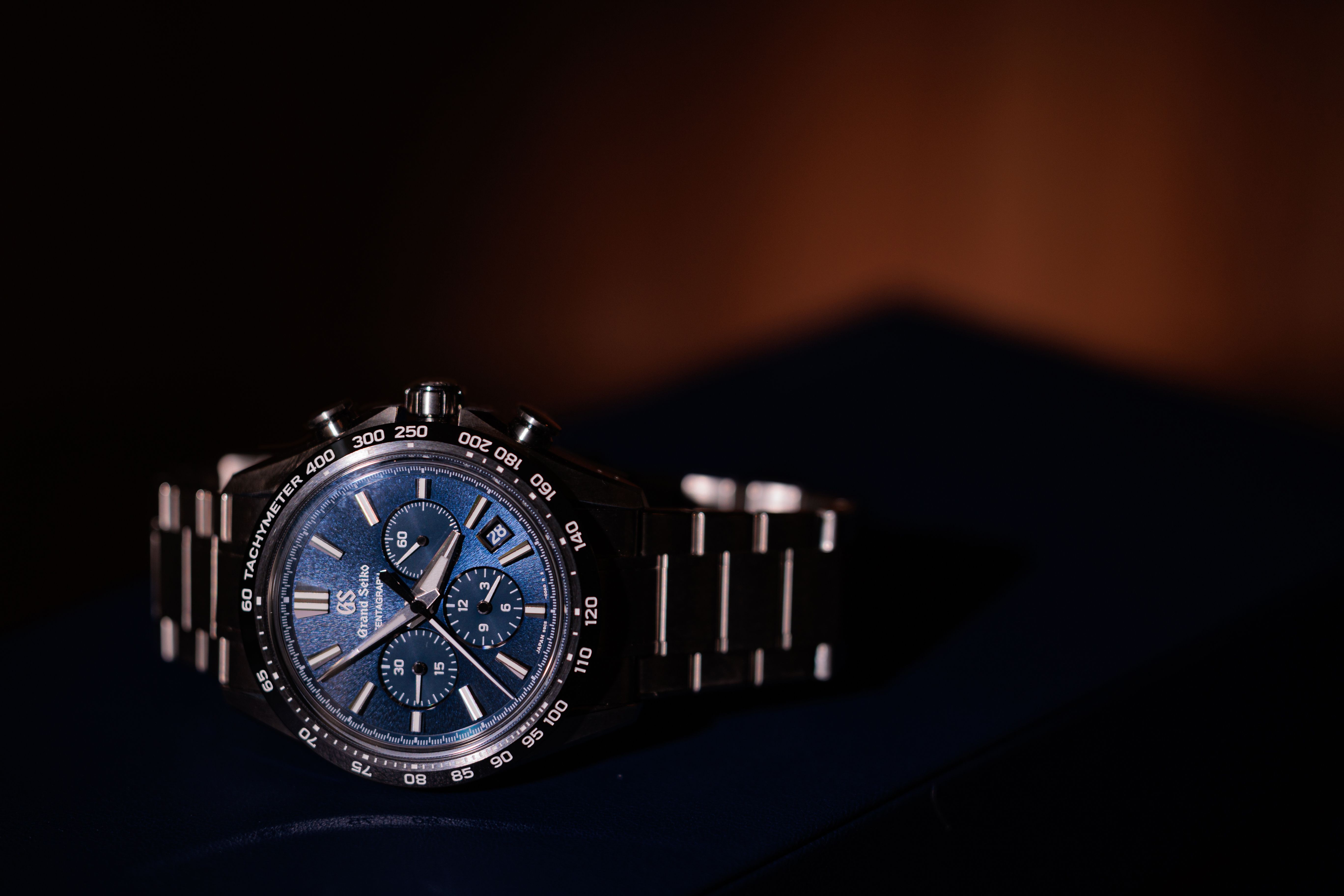Geneva Watch Days 2022: Urwerk: UR-100V UltraViolet
Playing on the eccentric play of colors beyond the color spectrum, Urwerk presents the UR-100V UltraViolet. Colored in the ultimate hue—violet, the watch embodies the spirit of going beyond to make a statement.
Violet! This magnificent shade is located at the far end of the visible color spectrum perceptible to the human eye. Anything beyond violet is outside the field of color. That of the fighters, the outsiders, the crazies. Heroes or villains? It doesn't matter. If you need to make yourself heard, do it in violet!
Chief designer and co-founder, Martin Frei explains, “I like the fact that a colour is much more than what we can perceive. The color spectrum visible to our eyes ranges from red to violet. Beyond that shade, color turns into a waveform that our eyes can no longer detect, ultraviolet. I am fascinated by the idea of creating a watch that celebrates this boundary, this tipping point, this transition from perceptible to imperceptible. The UR-100V UltraViolet is about this exploration of the limits. Our UltraViolet conveys something mystical, it's a hue that sits on the border of a dimension we call color."
Fitted with a rubber strap, the UR-100V UltraViolet picks up the codes of the 100 family. On the UR-100V, the satellite hours and minutes display is complemented by new information. Once the 60th minute has been reached, the minute hand vanishes and reappears as a kilometer counter. It illustrates the 555 kilometers traveled every 20 minutes by every inhabitant of planet earth. This is in fact the average speed of rotation of the earth calculated at the equator (rotational distance). Appearing exactly opposite is the earth's revolution around the sun (orbital distance), i.e. 35,740 kilometers per 20 minutes. On the face of the UR-100V, hours and kilometers thus share the same status, the same scale of value. These units are lit up at night in incandescent blue for the hours and in flamboyant green for the kilometers. Felix Baumgartner, master watchmaker and co-founder of Urwerk says, "This creation was inspired by a gift from my father, Geri Baumgartner, a renowned restorer of antique clocks. It is a clock made by Gustave Sandoz for the 1893 World Exhibition and its particularity lies in the fact that instead of showing the hours, it indicates the rotational distance traveled by the earth at the equator”
Beating beneath the dome of the UR-100V is the new Urwerk caliber 12.02 with its three-satellite time display. "The change of caliber for this version is reflected in the redesign of the central carousel. The hour-markers are placed closer to the minutes scale for an even more intuitive and fluid reading of the time,” explains Felix Baumgartner. This carousel is forged in aluminium and then sanded and shot-blasted after anodising. Each of the satellite screws is satin-finished in a circular pattern. The satellites rest on a sanded and ruthenium-treated brass carousel. The structure covering the hour indication is made of sanded and shot-blasted aluminium. The UR-100V's automatic winding is governed by a bidirectional rotor regulated by a Windfänger airscrew.
The aesthetics of the UR-100V's case is indeed a reminder of the Urwerk aesthetics characterizing the first models from the independent brand. "We have taken certain aesthetic elements from our first constructions and destructured our approach. For example, the steel dome of our historic models is reproduced here through the transparency of sapphire crystal. Its perfection is highlighted by the roughness of the titanium and steel case. As someone who constantly questions the dictates of symmetry, I have played with proportions to challenge the eye,” sums up Martin Frei.
All in all a piece that is definitely meant for the earthlings but screams all things out of the world, the mythical creation must be treated as an armor of legacy and the future, all at once.







